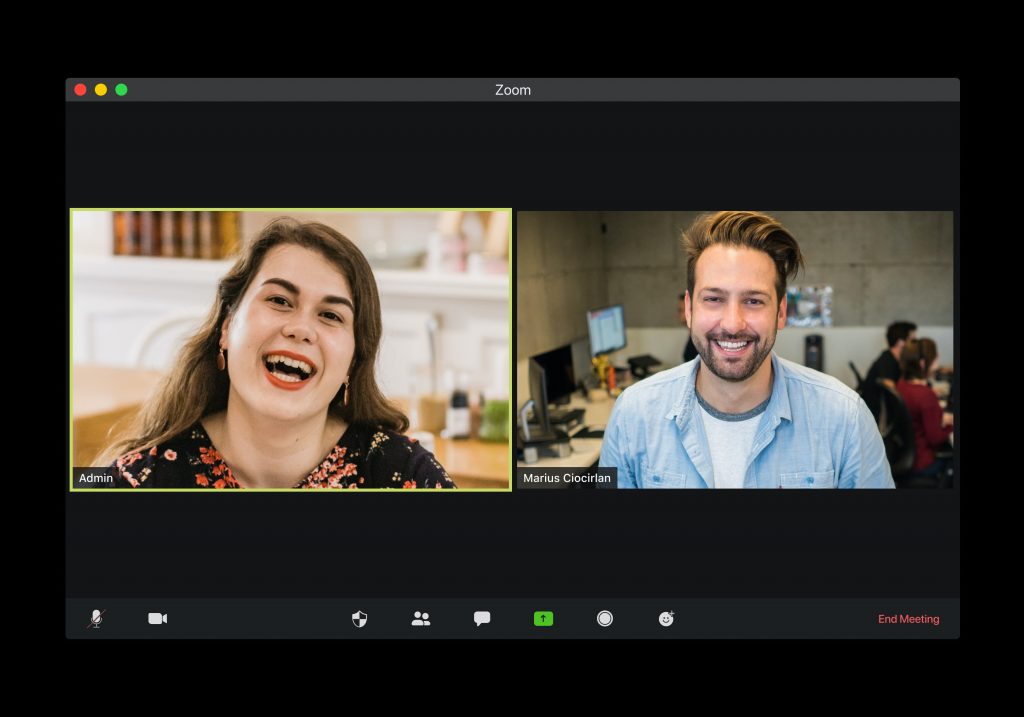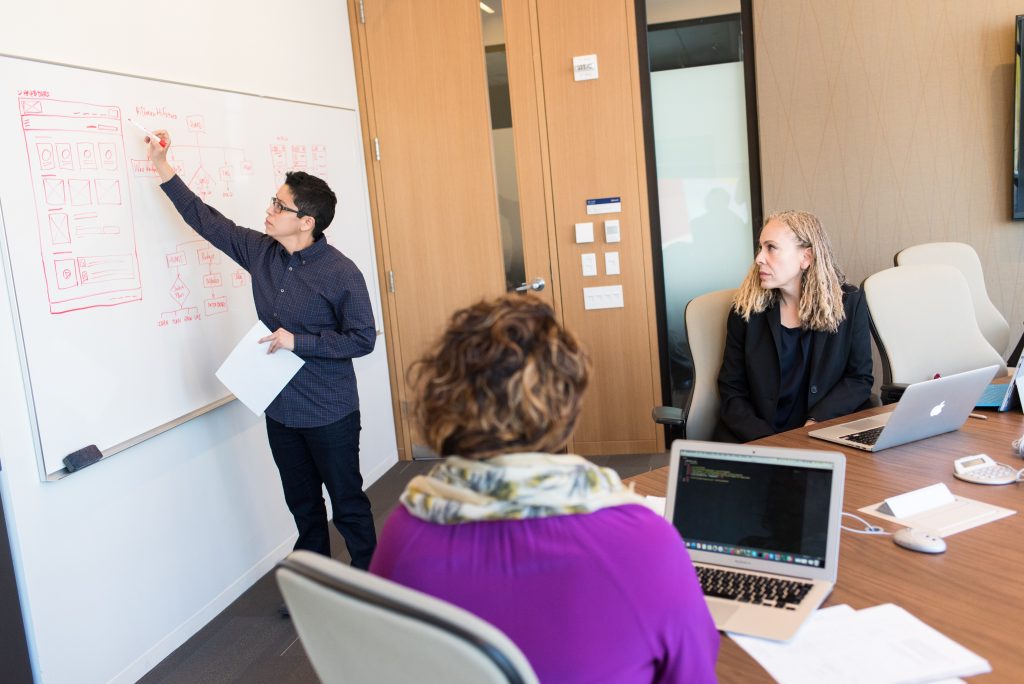After the Covid19 pandemic, everything has changed forever. Now many companies are actively using the hybrid format, bringing together offline and online employees at the same table.
How to hold such events? How to appear on them? To turn on or not to turn on the camera? Let’s figure it out.
Numerous studies show that turning on the camera during online calls keeps participants engaged. At the same time, other experts argue that people are tired of Zoom and other web meeting apps. There was even such a term as “Zoom fatigue” – mental exhaustion associated with online video conferencing.
To create healthy hybrid environments, you need to find a balance between these extremes. 9 rules will help in this.
1) All on an equal footing: either the camera is on or off
You need to choose one thing because when someone is in the meeting and someone is not, it creates an uncomfortable environment. Imagine: all colleagues see you and understand how you react. And you do not know the reaction of other people and as if you are talking into the void. It’s draining. In addition, a person whose camera is turned off is less involved in the dialogue compared to his “active” colleagues. And he needs to put in more effort to be noticed.

2) Always turn on your camera during sensitive meetings and tête-à-tête calls.
When you call to discuss sensitive issues, tell bad news, or give feedback, the camera must be on. The fact is that our ability to understand each other largely depends on the ability to interpret the facial expressions. Especially the signals associated with emotions. That is why emojis exist. They fill a communication gap when we do not see each other’s faces.

3) Hybrid is a bad format for festive events.
If the purpose of the meeting is to celebrate an event, then everyone present must be either online or offline. Remember how such events work: people in the office are talking, laughing, and clapping at the same time. And virtual participants can only watch their fun. They see the backs of colleagues but do not hear what they are talking about and joking about. And they can’t comfortably participate in those conversations. So if you can’t get everyone to attend the meeting in person, make it virtual for everyone.
4) Cameras must be turned on for online team-building events.
If the purpose of the meeting is to strengthen the team bond, then the camera should be on. In other cases, whether it is the exchange of information or any other “checking the clock”, the camera can be turned off.
5) If the cameras on the upcoming call need to be turned on, alert the team ahead of time.
This can be done in the meeting invitation letter. That way no one will be taken by surprise. When the call starts, ask colleagues to turn on their cameras. You can emphasize that this is an important meeting and you want everyone to feel comfortable talking. After all, you work with people, not with computers.
But leaving the decision to turn on the camera up to the participants is a bad idea. Because the temptation to not do it is simply colossal. Indeed, for remote workers, a turned-off camera means an opportunity to stay in pajamas and not wear office clothes.

6) Avoiding the camera is not a good idea for employees themselves.
Many studies say that taking care of your appearance affects your self-esteem. But sometimes a person relaxes: I’m at home, the camera is off, no one sees me – why dress beautifully and take care of yourself? If this happens regularly, then in the future the motivation to take care of yourself may come to naught. It happens unconsciously. And vice versa: when we are confident in our appearance and are ready to turn on the camera at any moment, we feel better.

7) In hybrid meetings, virtual participants should speak first.
People tend to appreciate more those whom they know personally and who are physically nearby. This can create prejudice against colleagues who attend the meeting virtually. They are initially at a disadvantage. So every time it’s time to ask questions and give your opinion, give priority to online participants. So you can compensate for the distance between you and create more equal conditions.

8) Consider what the hybrid virtual attendees see.
If you are holding an online meeting in a meeting room with a webcam, then try to make sure that no one turns away from it. This is the same as standing with your back to virtual attendees. Train yourself to think of this camera as just another person.
Tech solutions for small, medium, and large meeting rooms are offered by the Logitech brand. The cameras they include are equipped with an auto-framing feature. You can choose to capture the entire room, highlight the active speaker, or combine both. Thanks to automatic scaling, no one will be left behind the scenes. The video is broadcast in cinematic quality and is accompanied by powerful, surround sound.

9) If part of the team is online, then the usual physical boards are not suitable.
They are hard to see and virtual participants cannot move if something blocks their view. Therefore, many progressive companies are equipping meeting rooms with virtual whiteboards.
A modern solution can again be found at Logitech – Scribe. Thanks to artificial intelligence, the system broadcasts the content on the board in high definition to all participants in the video conference. Even virtual participants will be able to take the best seat at the table.
Conclusion
The world has long been living in a new “normality”. Online meetings no longer seem exotic and people are used to the fact that even the most important issues can be resolved at a distance. As long as the team follows the hybrid meeting etiquette outlined in this article.
Whether you have a high-end negotiation need or a hybrid work environment, we can help you create a productive work environment with solutions from Logitech. You can test their capabilities in your office for free. We will bring you a demo kit, connect it and show you how everything works.
Subscribe to the newsletter and be the first to know about new promotions and special offers




